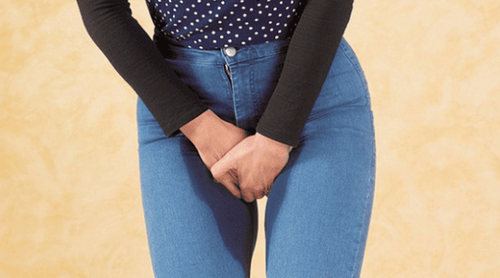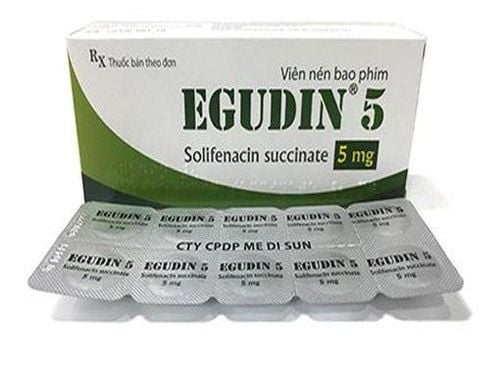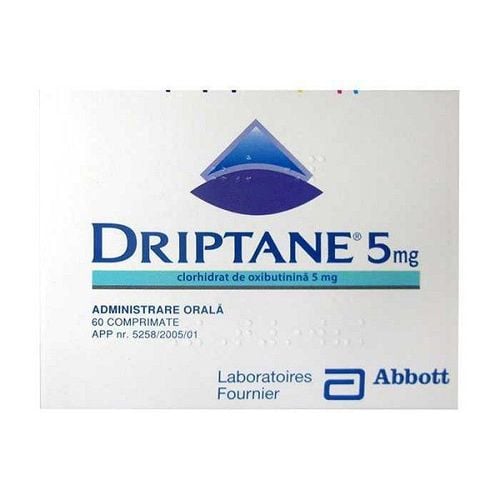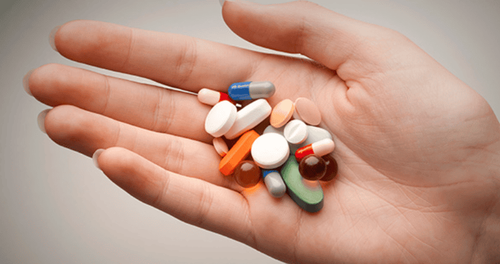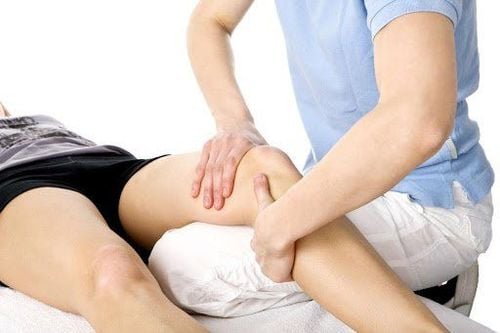This is an automatically translated article.
The article is professionally consulted by Master, Doctor Vo Thien Ngon - Department of General Surgery - Vinmec Da Nang International General Hospital
Urinary incontinence is a condition in which urine leaks out uncontrollably, causing a lot of discomfort and inconvenience in daily life. This is a disease that occurs at any age, but is more common in middle age or in women with multiple births.
1. What is urinary incontinence?
Urinary incontinence (or urinary incontinence) can simply be understood as the leakage of urine.2. Symptoms accompanying urinary incontinence
Usually, urinary incontinence is often accompanied by the following symptoms:Often feels the need to urinate difficult to control Urinating more often than usual Nocturia: Often waking up in the middle of the night sleeping to urinate Burning pain when urinating Leaking urine while sleeping.
3. Classification of urinary incontinence
Urinary incontinence can be divided into three main categories:
Stress (or stress-induced) urinary incontinence: A leak of urine that occurs when coughing, laughing, sneezing, or while exercising. activity, like walking, running, or exercising. Urinary incontinence: Due to an overactive bladder, giving a sudden urge to urinate, it is difficult for the body to control it. Women with this type of urinary incontinence may not be able to control their urine before going to the bathroom. If the bladder is overactive, the patient will often experience an urgent need to urinate. Urinary incontinence is a combination of both exertion and overactive bladder.
4. Causes of Urinary Incontinence
Some of the following are likely to cause urinary incontinence , including :
Urinary tract infections : Sometimes causing urinary incontinence and are treated with antibiotics. Diuretics, caffeine, or alcohol: Urinary incontinence can be a side effect of substances that cause the body to produce more urine. Pelvic floor muscle disorders: Weakening of the pelvic floor muscles and tissues (often from multiple pregnancies) is responsible for urinary incontinence and pelvic prolapse. Chronic constipation, especially in older women. Nerve and muscle problems: When nerve signals from the brain to the bladder and urethra are obstructed, the muscles in these areas become out of control, causing urine to leak out. Anatomical problems: The passage from the bladder to the urethra can be blocked due to the presence of stones in the bladder or an abnormal tumor.
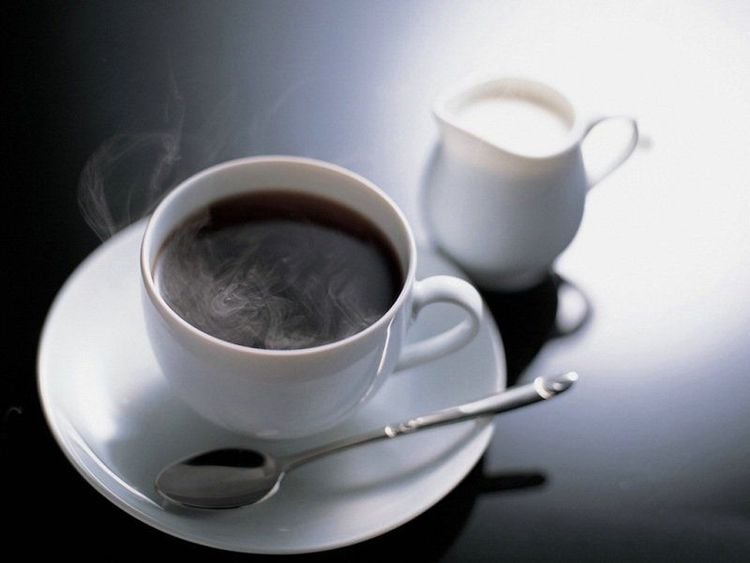
5. Diagnosing urinary incontinence
The first two steps in evaluating urinary incontinence are usually taking a medical history and doing a physical exam:
Medical history: The doctor will ask the patient to describe the symptoms carefully. The patient may have to jot down information in a diary for a few days to make it easier for the doctor to check. Physical exam: Your doctor will perform a pelvic exam to see if you have prolapsed pelvic organs and to look for other anatomical problems. A cough test may be performed to diagnose stress incontinence. Accordingly, the patient was asked to cough while urinating to check if the urine was leaking while coughing. In addition, the patient may have a pad test to assess urine leakage. The patient is asked to add an absorbent diaper that is pre-weighed over a period of time and re-weighed after the test. This way, the doctor will know how much urine has leaked. In addition, in some cases, it is necessary to check the supporting function of the urethra. Sometimes doctors have to order an imaging test and a bladder function test if more information is needed.
6. Treatments for urinary incontinence
For urinary incontinence, your doctor will first recommend non-surgical treatments, including lifestyle changes, bladder muscle training, physical therapy, and the use of certain medications. bladder assist device. When treating acute urinary incontinence, the patient may need medication. If these methods do not work, the doctor will have to consider surgery. Usually, patients are prescribed a combination of different methods to achieve the highest treatment effect.6.1. Lifestyle changes
Lifestyle changes can help reduce urine leakage :
Weight loss: In overweight women, even a very small amount of weight loss (less than 10% of total body weight) body) also has the potential to reduce urine leakage. Limit water intake: If you have urinary incontinence early in the morning or at night, you should limit drinking water a few hours before going to bed. Do not drink more than 2 liters of water per day. Limit alcohol, caffeine and other stimulants. Bladder muscle training: The goal of bladder muscle training is to help control urination and increase the interval between two consecutive urinations to a normal time (every 3 - 4 hours a day and every other day). 4 - 8 hours at night). 6.2. Exercise and physical therapy
Kegel exercises work to strengthen the pelvic muscles. Such exercises are very helpful for all symptoms of urinary incontinence. Biofeedback is a technique that helps patients locate muscles correctly. In one type of biofeedback, sensors are placed inside or outside the vagina to measure the force of contractions in the pelvic muscles. When applying force to the right muscle, the patient will see the measurement on the screen.

6.3. Using an assistive device
A device called a pessary is inserted into the vagina to support the pelvis and treat stress incontinence . Lifting rings work by lifting the bladder and urethra through pressure on the vaginal wall. They come in many shapes and sizes. Usually, the patient can insert and remove the assistive device on their own. The lifting ring works to reduce the symptoms of urinary incontinence without too much intervention. Another device like a tampon is also specially designed to help stop urine leakage from the bladder.
6.4. Medications to treat urinary incontinence
Many medications work to relieve symptoms of urinary incontinence and limit overactive bladder:
Drugs that control muscle or bladder spasms: Mechanisms of control These medications help prevent urinary incontinence, relieve urgency, and reduce frequency. Mirabegron: A medication that relaxes the bladder muscle and allows it to store more urine. Injecting an active ingredient called onabotulinumtoxinA into the bladder muscle: Helps stop bladder muscle contractions that lead to unwanted urine leakage. The effect of the drug lasts for about 3-9 months. 6.5. Surgical treatment of urinary incontinence
Currently, there are many surgical methods for different symptoms of urinary incontinence. However, the doctor needs to weigh the benefits and risks before deciding to choose a type of surgery that is right for the patient.
Urinary incontinence is not a dangerous disease, but it greatly affects the patient's quality of life. Currently, although there are many treatments for urinary incontinence, the ability to completely cure the disease is not high. Therefore, the best way to control the disease is to learn to adapt to the symptoms, consult a doctor to be able to control the symptoms of urinary incontinence in the best way.
Please dial HOTLINE for more information or register for an appointment HERE. Download MyVinmec app to make appointments faster and to manage your bookings easily.
Reference source: Acog.org




